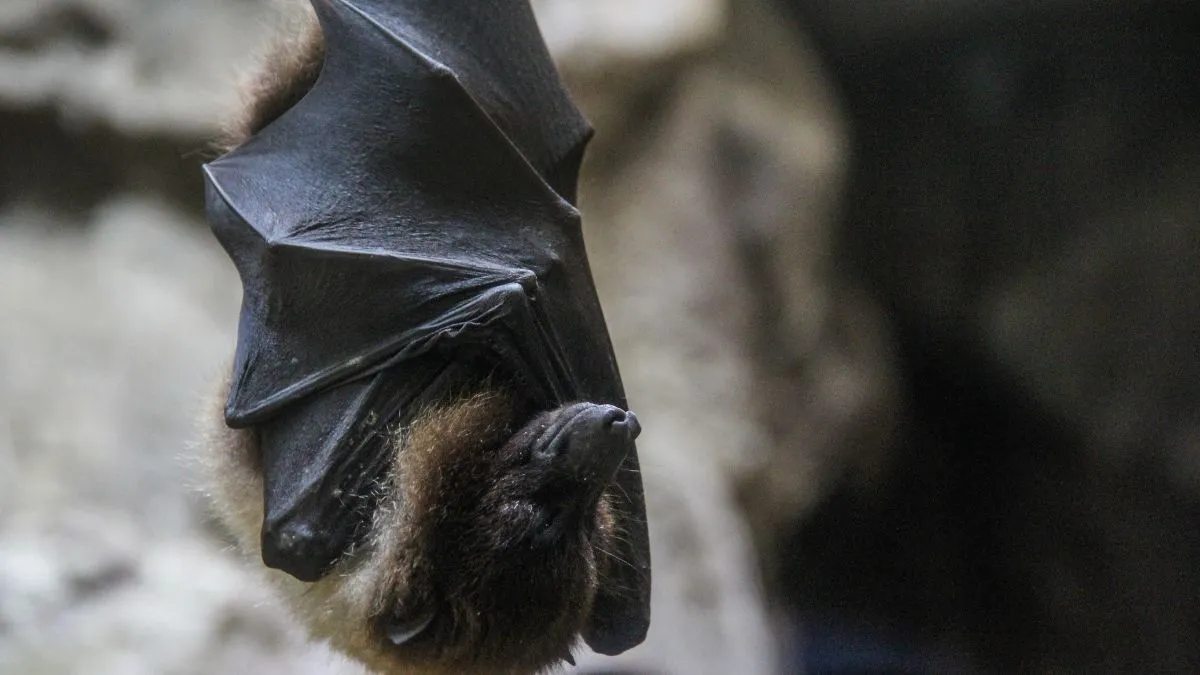
It has been almost 6 years since the COVID-19 outbreak, but it seems this virus is not going anywhere anytime soon. So far, more than 25 strains have been identified and recently, a new strain named ‘BRZ batCoV' has been found in Pteronotus parnellii, a Brazalian bat that is popularly known as the moustached bat. These bats are commonly found in Latin America and scientists fear that these virus-carrying bats have been around for months, but due to limited awareness and testing, it took a long time to identify the new coronavirus strain.
The virus found in these bats is shown to have a furin cleavage site on the spike protein, which is similar to SARS-CoV-2(the COVID pandemic virus). The furin cleavage site allows easy access to a virus to the human cells. However, as per the report, BRZ batCoV is not the same as coronavirus but its features are more similar to MERS (Middle East Respiratory Syndrome) viruses.
What is Middle East Respiratory Syndrome?
Middle East Respiratory Syndrome, also known as MERS is a viral respiratory disease caused by MERS‐CoV and was first identified in 2012. This is a zoonotic virus that is transmitted between animals and humans.
According to the World Health Organization, transmission of MERS is slower than that of COVID-19, but it is deadlier. As per the data provided by WHO, 30% of the total cases of MERS result in death.
Researchers from the Changchun Veterinary Research Institute said that there is limited evidence of the BRZ batCoV virus infecting humans. Though the coronavirus features are naturally present in the bats, the risk of bat-to-human transmission is presently lower. However, regular monitoring is crucial to contain the virus.
Also Read: H3N2 Virus: Expert Shares 6 Smart Prevention Tips to Stay Protected This Season
Why Bats Carry Dangerous Viruses?
Have you ever wondered why bats are the first carriers of any dangerous virus? According to a study published in Nature's Communications Biology, there is a strong relationship between bats and dangerous viruses. The research conducted by the University of Oklahoma found that while bats are common carriers of viruses, not all bat species have high epidemic potential. There is a specific group that is a strong carrier of numerous viruses, including SARS-like coronaviruses, Nipah viruses and Marburg virus.
Considering the increasing emergence of infectious diseases in humans, scientists feel a dire need for viral surveillance. This can be made possible by assessing and predicting which wildlife may harbour viruses. Depending on the results, necessary steps can be taken to prevent the spread and minimise the risk.
Also watch this video
How we keep this article up to date:
We work with experts and keep a close eye on the latest in health and wellness. Whenever there is a new research or helpful information, we update our articles with accurate and useful advice.
Current Version
Nov 04, 2025 18:37 IST
Published By : Chanchal Sengar